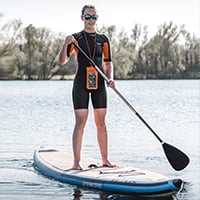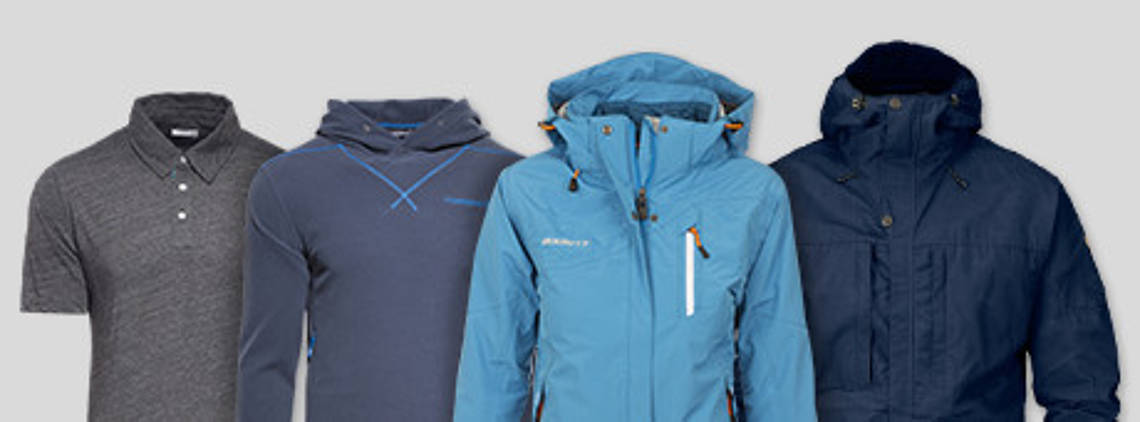
THE LAYERING GUIDE
In recent years, the ‘onion principle’ has become increasingly popular for outdoor activities. Here, different thinner layers are combined for optimal insulation (instead of wearing one much thicker outer layer). This also makes it easier to regulate your body temperature by putting on and taking off different layers. The classic combination of layers is as follows:
Material
Membranes and coated fabric
Membranes and fabric coatings are primarily used to make clothing waterproof. A waterproof fabric is the outer layer of the garment that’s coated with DWR (Durable Water Repellent) to make it waterproof. This needs to be refreshed periodically with a product such as Nikwax or Gear-Aid. A waterproof membrane is an incredibly thin layer of material such as Gore-Tex that’s part of the garment itself. It has a porous structure that’s too small for water droplets to permeate, but large enough for evaporated water to escape from.
Microfibre fabric
Microfibre fabrics aren't 100% waterproof, but they can withstand light showers. Their great advantage, however, lies in their extreme breathability, which is guaranteed by the use of extremely fine yarns. For e.g. a microfibre is approximately 1/20th the diameter of silk, or 1/100th the diameter of human hair. The densely woven, incredibly thin threads create an extremely large surface area that wicks away moisture, creating a more pleasant body climate.
Down
When you need to dress as warmly as possible, down is the way to go. The following rules and conventions are used to assess the quality of the down filling:
- Goose down is warmer than duck down
- Down-to-feather ratio: An 80/20 down-to-feather ratio means that 80% of the filling is down and 20% is feathers. This mixture is enough for everyday use. A ratio of 94/6 is the highest available. Down garments should never be exclusively down, as feathers are needed to stabilise the down
- Fill power: 28g of down (1 ounce) is compressed for 24 hours. Afterwards, the amount the sample expands is measured. 550 inches³ (1 inch³ = 15.62 cm³) stands for good lofting power, 800+ inches³ is considered excellent
- The method of construction is crucial for down jackets: some jackets are stitched all the way through to stop the down moving around – meaning there could be cold spots along the stitches. A “Box Wall” structure is usually superior in terms of warmth as the material has internal walls to stop the down moving around. This means the jacket doesn’t need to be stitched all the way through
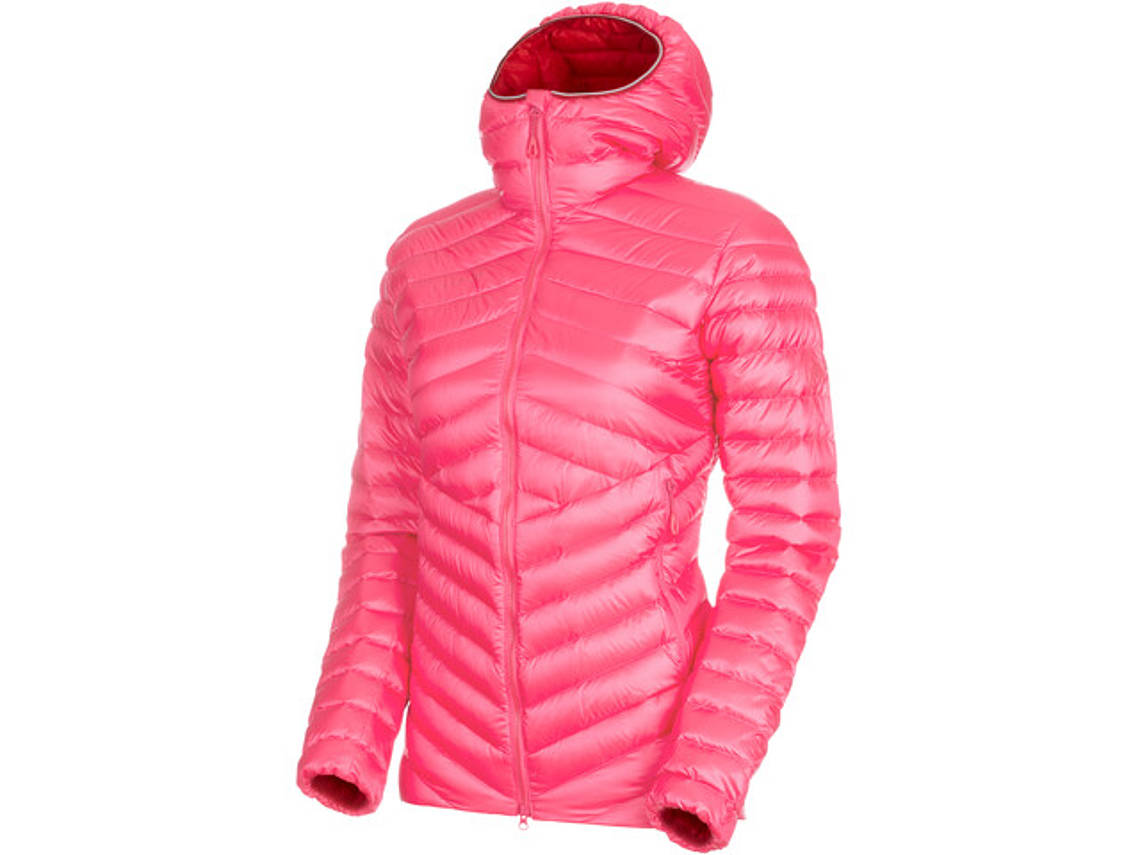
Fleece
Fleece is referred to as 100, 200 or 300-weight fleece, which refers to the
weight per square metre. This means that a 200-weight fleece weighs 200-300g/m². In addition to
these standard fleece weights, there’s also PolartecThermal Pro – this fabric is woven even tighter,
making it more windproof and with better insulation properties.
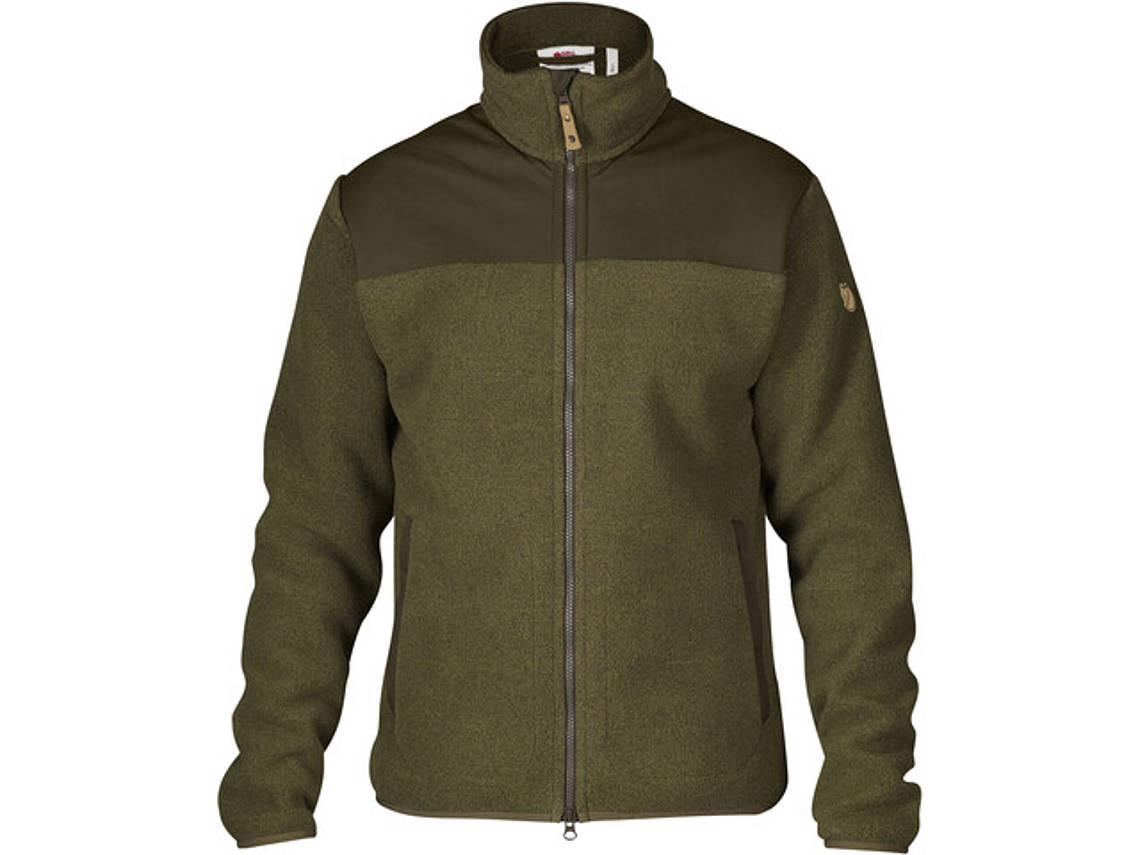
Softshell
In recent years softshell jackets have become more popular. This is primarily due to their versatility: they’re warming, offer protection againstwind, drizzle and short rain showers and are still breathable. In addition, their elasticity ensures great freedom of movement, making them much more comfortable than conventional jackets.
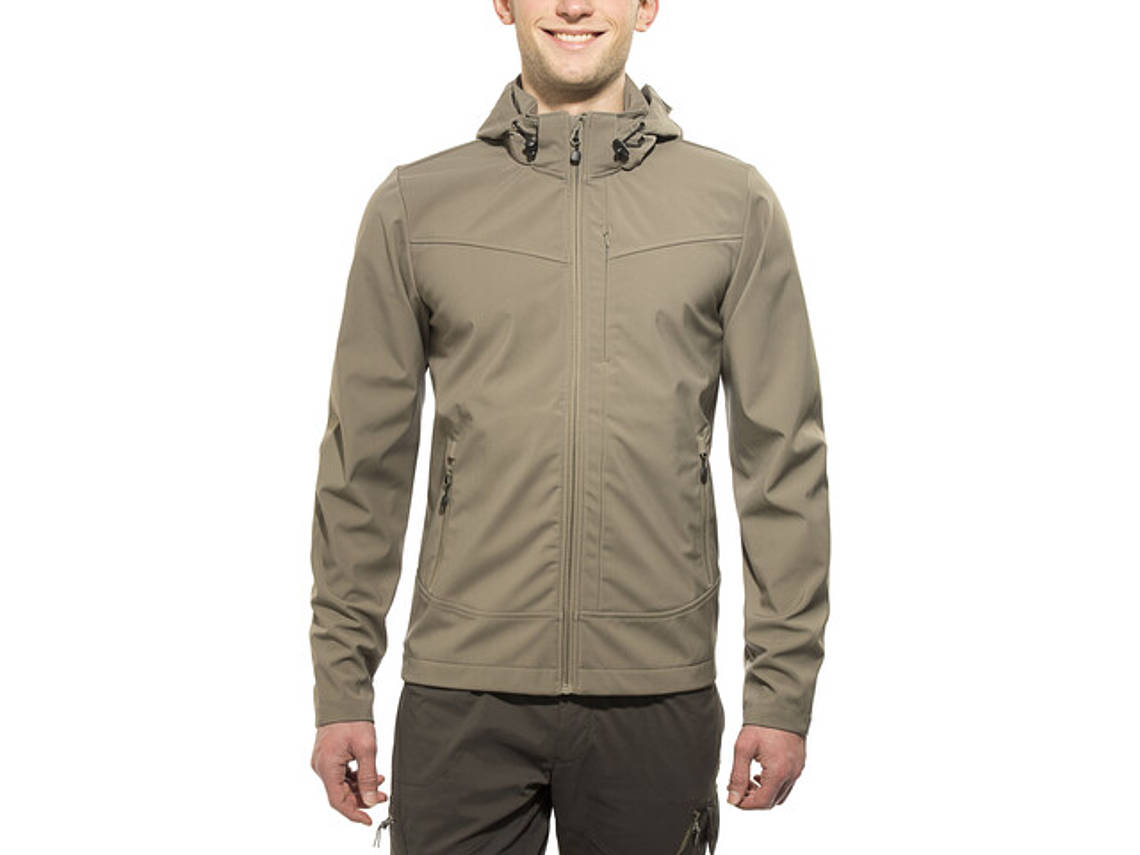
Layer 1: base layers or functional underwear
This is the first layer of clothing, worn directly on the body. Functions/properties:
- Wicks moisture away from the skin
- Fast drying
- Offers thermal insulation
When doing physical activity, you want underwear that'll offer a pleasant microclimate on your body and prevent sweat from collecting on your skin and making you cold. Cotton underwear is generally not recommended, as this type of underwear absorbs moisture then sticks to the body when wet. Base layers are therefore usually made of synthetic materials that wick moisture better, or, if you have deeper pockets, merino wool.
Layer 2: warming or mid layers
The second layer of clothing is known as the mid or middle layer, which provides insulation and further wicks away moisture from the skin. As a rule, these products are made of the following materials:
- Down or quilted
- Fleece or microfleece
- Wool or wool mixtures
- Cotton
- Other synthetic fibres
Layer 3: outer or protective layers
The third layer of clothing is the outer layer, used to protect the wearer against wind, rain and cold. This can be any of the following products:
- Hardshell jackets
- Winter jackets
- Softshell jackets
- Windbreakers
- Rain pants
- Softshell pants
- Gloves
- Caps
Usually, all waterproof and windproof products belong to this category. To make a layer of clothing waterproof, either special waterproofing membranes or coatings are needed. Both concern the outer fabric of the garment, but membranes are generally higher quality and tougher than coatings. For most requirements, however, waterproof coatings usually suffice.
2, 2.5 and 3-layer products can be distinguished thus:
For 3-layer products, the outer fabric, membrane and lining are bonded together to form a single layer.
For 2-layer products, the lining is not connected to the membrane and outer fabric but hangs loosely in
the jacket. 2.5-layer products don’t have a full lining, but only a protective layer, often visible in
the form of a honeycomb grid. In principle, 3-layer products are considered to be the most robust,
whereas 2.5-layer products wear the fastest but are extremely light.
More tips
- Remember that even putting on and taking off your backpack frequently can strain the outer layer’s material. So, many jackets will have reinforced shoulders or an extra layer here.
- Water-repellent zippers only allow water through under extremely adverse conditions.
- There's no such thing as the perfect jacket for everyone. We all have different tolerances for heat and cold, so we need different equipment for the same external conditions.
- No matter how waterproof the material is, it is of little use if the seams are not tight. So make sure that they're sealed by taping or welding.





























